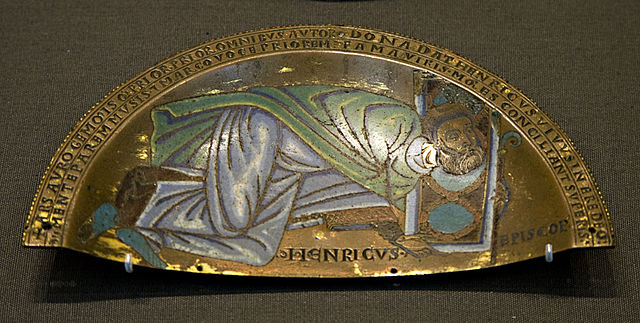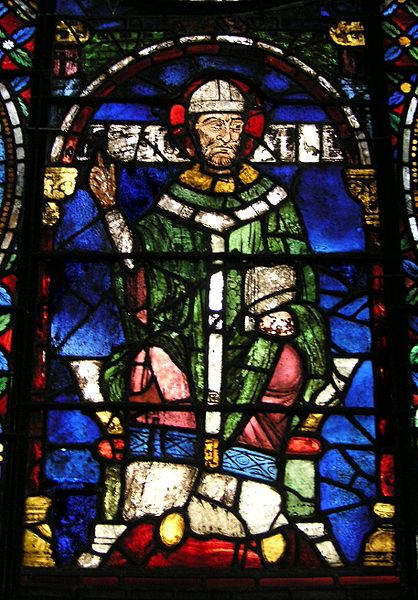Theobald of Bec was a Norman archbishop of Canterbury from 1139 to 1161. His exact birth date is unknown. Some time in the late 11th or early 12th century Theobald became a monk at the Abbey of Bec, rising to the position of abbot in 1137. King Stephen of England chose him to be Archbishop of Canterbury in 1138. Canterbury's claim to primacy over the Welsh ecclesiastics was resolved during Theobald's term of office when Pope Eugene III decided in 1148 in Canterbury's favour. Theobald faced challenges to his authority from a subordinate bishop, Henry of Blois, Bishop of Winchester and King Stephen's younger brother, and his relationship with King Stephen was turbulent. On one occasion Stephen forbade him from attending a papal council, but Theobald defied the king, which resulted in the confiscation of his property and temporary exile. Theobald's relations with his cathedral clergy and the monastic houses in his archdiocese were also difficult.

Both sides of the seal of Stephen, from an engraving made in 1846
A medieval plaque depicting Henry of Blois, dating from around 1150
Ruins of St Augustine's Abbey, with Canterbury Cathedral behind
Medieval stained-glass window depicting Thomas Becket
Bec Abbey, formally the Abbey of Our Lady of Bec, is a Benedictine monastic foundation in the Eure département, in the Bec valley midway between the cities of Rouen and Bernay. It is located in Le Bec Hellouin, Normandy, France, and was the most influential abbey of the 12th-century Anglo-Norman kingdom.
South side of the abbey, the church and the monks' cells seen from Le Bec-Hellouin
Seal Abbaye du Bec.
West side of the Tour Saint-Nicolas, between the ancient pottery to its left and the monks' residential building to its right
Abbey church








